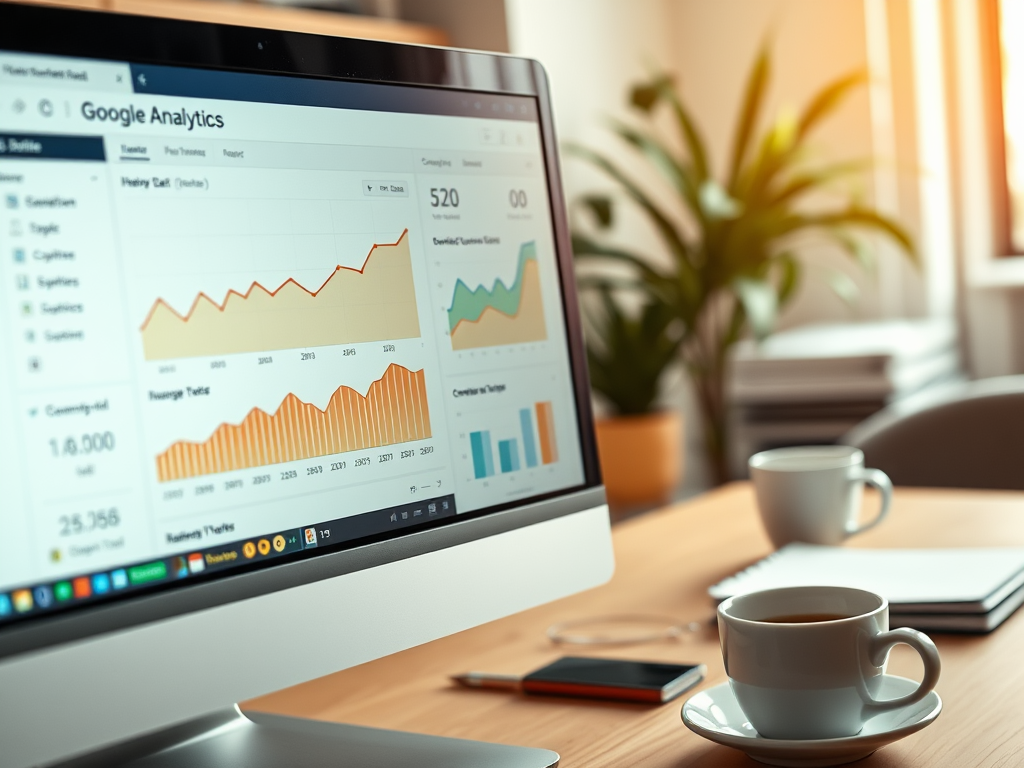In today’s digital landscape, the ability to convert visitors into customers can make or break a business. Conversion Rate Optimization (CRO) is not just a buzzword; it’s a vital strategy driven by analytics that enhances the effectiveness of your online presence. While many businesses focus on drawing traffic to their websites, they often overlook the importance of maximizing that traffic’s potential. By implementing CRO techniques, organizations can leverage analytics to identify opportunities for improvement, ultimately leading to higher conversion rates and enhanced customer satisfaction. This article delves into how you can apply these CRO techniques using analytics to propel your business forward.
Understanding CRO begins with recognizing its significance in today’s competitive market. With an array of digital touchpoints available to consumers, crafting a seamless user experience becomes paramount. Incorporating CRO not only enhances user interaction but also aids in achieving your business goals more efficiently. In this article, we will explore various ways to integrate analytics into your CRO strategy, thereby paving the way for sustainable growth and profitability.
The Importance of Analytics in CRO

Analytics serves as the backbone of effective CRO strategies. By utilizing data-driven insights, businesses can make informed decisions about how to optimize their websites. Rather than relying on guesswork, analytics allows you to dive deep into user behavior, helping to reveal hidden patterns and preferences. Understanding user behavior is pivotal as it equips marketers with the knowledge to identify pain points and areas for enhancement.
By analyzing this data, organizations can craft tailored experiences that resonate with their audience. Furthermore, the continuous collection of data enables businesses to adapt swiftly to changing consumer needs and preferences. This agile approach to optimization fosters a culture of responsiveness, ensuring that your website remains relevant and effective.
Key Analytics Tools for Effective CRO

When it comes to implementing CRO techniques, leveraging powerful analytics tools is essential. Here are some of the must-have tools that can aid in your optimization efforts:
- Google Analytics: A staple in digital marketing, this tool offers comprehensive tracking of user interactions and conversions.
- Hotjar: Provides insightful heatmaps and session recordings to visualize user behavior on your website.
- Crazy Egg: Another valuable tool for tracking user interactions and identifying conversion barriers.
| Tool | Main Feature | Use Case |
|---|---|---|
| Google Analytics | User tracking and behavior analysis | To set up and monitor conversion goals |
| Hotjar | Heatmaps and session recordings | To visualize where users click |
| Crazy Egg | A/B testing and visual analytics | To compare page variants effectively |
Identifying Areas for Improvement
Analytics isn’t just about gathering information; it’s about interpreting it to uncover conversion barriers. Identifying areas for improvement demands focus on various metrics that directly influence conversion rates. Here are some vital metrics to track:
- Bounce Rates: High rates indicate that users are leaving without engaging.
- Exit Pages: Pages from which users commonly leave can signal issues with content or navigation.
- User Flow: Knowing the pathways users take helps in optimizing their journey.
By emphasizing these metrics, businesses can prioritize their optimization efforts effectively. For example, if the bounce rate on landing pages is notably high, it may prompt a review of the content or design. This proactive approach not only enhances user experience but also directly impacts conversion rates.
Strategies for Optimizing Conversions Based on Data Insights
Once you’ve identified potential areas for improvement through analytics, the next step is to implement strategies that elevate conversions. One effective strategy is improving your landing pages. This can be achieved by crafting compelling headlines that capture attention and designing clear calls-to-action (CTAs) that guide users to take desired actions.
Another critical aspect is mobile optimization. With a growing number of users accessing websites via mobile devices, ensuring a seamless mobile experience is imperative. Here are some mobile optimization techniques that can pave the way for better CRO:
- Responsive Design: Ensures layouts adapt to different screen sizes.
- Loading Speed: Fast load times are essential for retaining mobile users.
- Touch-Friendly Buttons: Making CTAs easy to click on smaller screens enhances usability.
Continuous Monitoring and Adjusting CRO Strategies
Implementing CRO techniques is not a one-time endeavor. Continuous monitoring is necessary to ensure ongoing success in optimizing conversion rates. Seasonal trends and market changes can significantly affect user behavior, making it imperative for businesses to stay ahead of the curve through analytics.
To maintain an effective CRO strategy, establish feedback loops. These mechanisms can include user surveys and feedback forms designed to gather insights directly from your audience. Using this real-time feedback can drive meaningful adjustments, tailoring the user experience to meet their evolving needs.
Итог
Adopting a data-driven approach to Conversion Rate Optimization is not just beneficial; it’s essential for sustained growth in today’s digital marketplace. By leveraging analytics to identify and implement optimized strategies, businesses can enhance user satisfaction while increasing their conversion rates. Thus, nurturing a culture of continuous improvement through analytics becomes a powerful tool, creating a cycle of optimization that drives success. As you embark on your CRO journey, remain committed to utilizing insights that pave the way for long-term profitability.
Часто задаваемые вопросы
- What is Conversion Rate Optimization (CRO)? CRO is the process of increasing the percentage of website visitors who take desired actions, such as making purchases or signing up for newsletters.
- How important are analytics in CRO? Analytics are crucial for identifying user behavior patterns and conversion barriers, allowing marketers to make informed decisions.
- Which tools are best for CRO analytics? Popular tools include Google Analytics, Hotjar, and Crazy Egg, each providing unique insights into user interactions.
- What are some common metrics to track for CRO? Key metrics include bounce rate, conversion rate, average session duration, and exit pages.
- How can A/B testing improve conversion rates? A/B testing allows businesses to compare different versions of web pages and determine which elements drive higher conversions.
